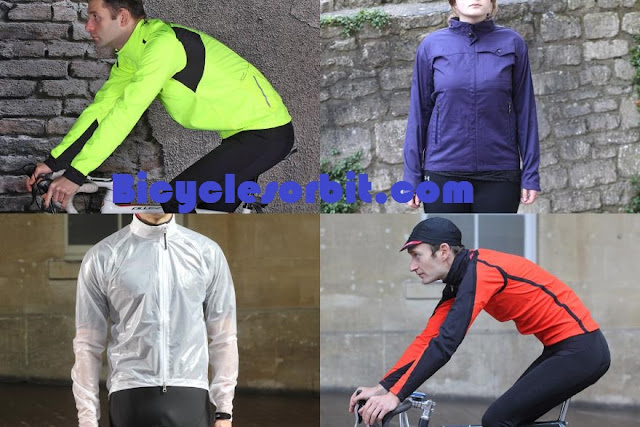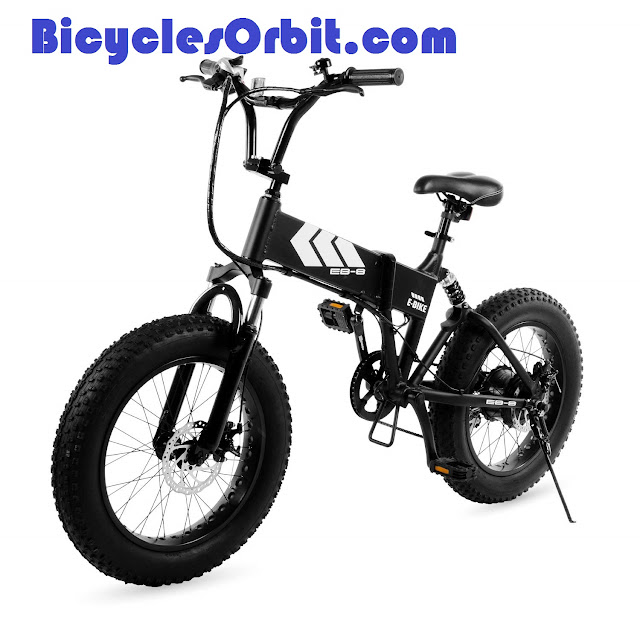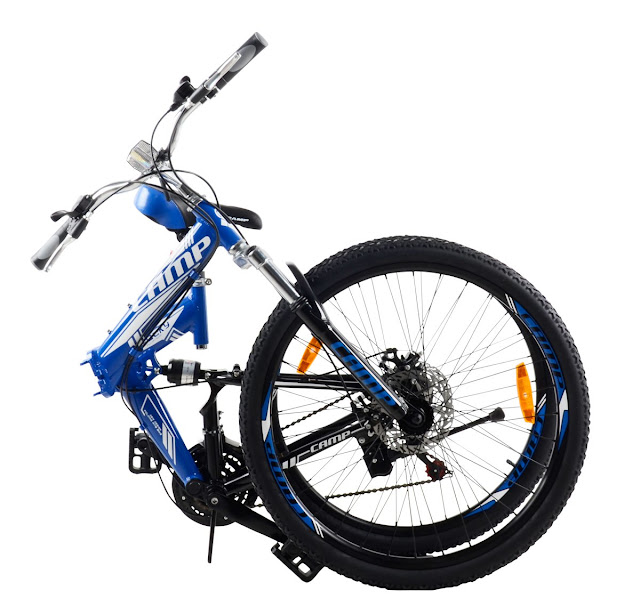Trail
blazing bicycles are a fun method to practice and interface with nature.
Contrasted with Road Bicycles, they have the accompanying qualities:
Fat tires with tough track for strength and
sturdiness on rough terrain territory a increasingly upstanding cycling
position that gives you a chance to appreciate the view some have suspension
frameworks that retain stun for a progressively agreeable ride
There are
numerous approaches to appreciate mountain biking, and you don't need to be in
the mountains. Trails change from lovely rides on wide, streaming logging
streets to high-adrenaline challenges on specialized single track.
In this
article, we'll disclose to you the essentials of what's in store before your
first ride, including a review of various sorts of mountain bicycle landscape,
styles of mountain biking and rudiments for getting prepared for a fun
time on the trails.
 |
| Mountain Biking |
Sorts of Mountain Bike Terrain
While you
may begin on trails that are generally smooth and level, your capacity to
explore around—or over—impediments will create as you gain involvement and
turns out to be a piece of the enjoyment of the game. Mountain bicycle explicit
trails are normally set apart by aptitude level (learner, transitional, master
and twofold master) and are kept up.
· Single track, the most well-known
trail type, has a width that changes from only somewhat more extensive than
your shoulders on up to a track that is sufficiently wide for two bicycles to
pass. Numerous single track trails are available to single direction travel and
wind their way through the best territory that the scene offers.
· Double track trails are regularly
twofold the width (or more) of a common single track trail with enough space
for two bicycles to ride one next to the other. Regularly double track trails
pursue surrendered logging streets, fire streets or electrical cable streets,
where the feels sick of vehicles made two single tracks. Double track trails
are typically a gentler evaluation than single track and will in general have
less-specialized highlights.
Mountain bicycle landscape parks are springing up
wherever from hop and-siphon tracks under urban bridges to lift-adjusted trails
at ski resorts. Anticipate such highlights as raised extensions, halfpipes,
bounces of different sizes, berms, banked corners and bristly downhill curves.
Mountain Biking Styles
Many bicycle
makers sort their bicycles dependent on the accompanying Mountain Biking styles to
enable you to choose what kind of bicycle is suitable for you.
Trail: This
is seemingly the most well-known mountain biking style in light of the fact
that the class isn't grounded in a particular kind of hustling. In case you're
keen on gathering up with companions at the neighborhood trailhead and riding a
blend of trips and drops, at that point this is the style for you. Bicycles in
this class place equivalent accentuation on fun, effectiveness and reasonable
by and large weight.
Cross country: This style of cross country riding
commonly infers riding quick, with an accentuation on climbing ability.
Separations fluctuate from only a couple of miles to 25 or more, and bicycles
will in general spotlight on light weight and productivity. These bicycles can
be incredible in case you're thinking about getting focused or might want a
racier ride for your neighborhood trails.
All-mountain/enduro:
Think of all-Mountain/Enduro Riding as trail riding on steroids, with
greater leg-consuming trips, longer white-knuckle plummets and progressively
specialized highlights—both man-made and normal. Bicycles for
all-mountain/enduro riding are intended to perform well on soak plunges while
likewise being light and sufficiently agile to pedal tough.
 |
| Mountain/Enduro Riding |
The term
enduro originates from the dashing scene and portrays a challenge that has
planned downhill stages and untimed tough stages. The victor is whoever has the
quickest joined time on the downhills. Enduro riding has turned
out to be extremely mainstream, and the term is currently frequently utilized
reciprocally with all-mountain paying little heed to whether you're dashing or
not.
Downhill/park: This sort of riding is generally
done at lift-overhauled bicycle parks (regularly amid a ski resort's hotter
months). You ride huge, extreme bicycles and wear full-face protective caps and
body shield. The bicycles brag progressively strong segments and less
apparatuses, and the suspension has more travel (the measure of development in
the suspension). The majority of this encourages you overcome hops, berms,
shake gardens and wooden stepping stools. Given that you're on a ceaseless
plunge the whole time, you don't need to pedal much, however regardless you get
a genuine exercise since you're continually responding to the quick moving
toward landscape.
Fat biking: Picture the sort of fat bicycle you
constantly needed as a child: one with goliath tires that can move through
pretty much anything. Fat tire bicycles are bicycles with tires that are at any
rate 3.7 in. wide (and might be as wide as 5 in. or on the other hand more).
They offer amazing footing through snow and sand. Fat biking isn't restricted
to these conditions and has turned out to be a quickly developing expansion to
all-season trail riding. Fat bicycles can be an extraordinary
decision for amateur mountain bikers since they are pardoning on unpleasant territory.
Kinds of Mountain Bikes
What kind of
bicycle you ride is normally chosen by where you plan on riding. Full Suspension type and wheel
measurement are two key highlights that figure out what sort of territory the
bicycle is fit for riding. You have an abundance of choices with regards to
sorts of suspension and wheel distance across (signified by such terms as 26,
27.5 (650b), and 29ers).
Suspension Type
Inflexible: While not the most widely recognized
sort of off-road bicycle, "unbending" off-road bicycles don't
highlight any suspension. They are anything but difficult to keep up and
generally more affordable, yet most riders favor bicycles with suspension for
more prominent solace. Most fat bicycles are inflexible, and riders find that
the wide tires and low tire weight give all the squish expected to assimilate
knocks in the trail.
Hardtail: These bicycles have a suspension
fork in the front to help assimilate sway on the front wheel, yet the back of
the bicycle has no suspension—thus a hardtail. Hardtails are commonly
more affordable than full-suspension bicycles, and have
less moving parts (which regularly converts into less upkeep). Most hardtails
can bolt out the front fork for times where a completely unbending bicycle is
wanted.
Cross country riders normally incline toward hardtails as
they permit more straightforward exchange of intensity between the pedal stroke
and the back tire. Hardtails can likewise be at home on all-mountain trails,
and the lower cost and simpler support make them a strong alternative for
everything aside from genuine lift-overhauled downhill trails.
Full suspension: There are numerous varieties of full-suspension
bicycles, however the general thought is for the front fork and back
stun to ingest the effects of the trail. This definitely lessens the effect on the
rider, expands footing, and makes for an all the more lenient and pleasant
ride.
A full-suspension
bicycle can drench up a great deal of a trail knocks and babble,
however the bicycle can likewise "weave" a bit and you lose a portion
of the vitality exchange when climbing tough. Subsequently, most
full-suspension rigs can bolt out the back suspension to offer better power
exchange and increasingly productive climbing.
Bicycles
intended for downhill riding commonly gloat a great deal of movement—the measure
of development in the suspension—contrasted with bicycles intended for cross country
and all-mountain riding. As much as eight creeps of movement front and back is
genuinely normal.
Wheel Size
26 in.: In
the not very inaccessible past, all Trail Blazing Bicycles were
furnished with 26 in. wheels. It is as yet a prevalent wheel estimate for its
responsiveness and mobility, however at this point when you stroll into a
bicycle shop and ask about off-road bicycles, you are probably going to be
asked, "26 in., 27.5 in. or then again 29 in.?"
1. 27.5 in. (650b): Offering a center
ground between standard 26 in. haggles, these bicycles apply a "best of
the two universes" arrangement, more effectively moving over landscape
than the 26s, yet more flexibility than 29ers. Similarly as with 29ers, this
wheel size can be found on both full-suspension and hardtail rigs.
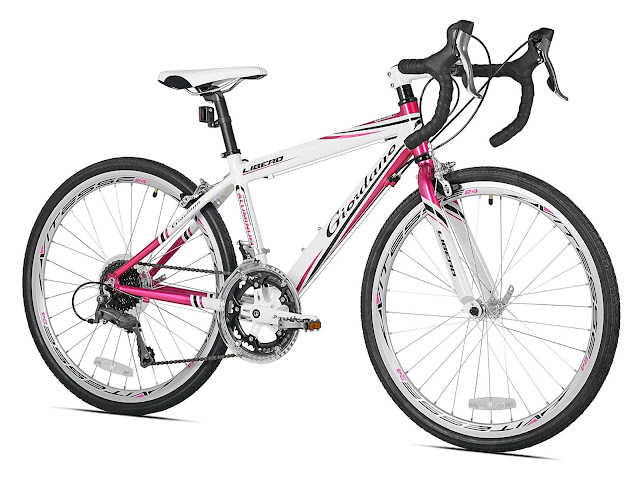 |
| Trail Blazing Bicycles |
2. 29ers: These bicycles highlight 29
in. wheels that are ordinarily heavier and a little slower to quicken, yet once
you begin moving you can vanquish impressively more territory simpler than on a
bicycle with standard 26 in. wheels. They for the most part offer brilliant
grasp and they have a higher "assault point"— which means the wheel
moves over trail deterrents simpler. These bicycles have turned out to be
incredibly famous for the cross country swarm. 29 ers can be found in both hard tail and full-suspension rigs.
3. 24 in.: Kids' trail blazing bicycles
ordinarily have 24 in. wheels to oblige the shorter legs of youngsters. Most
are more affordable variants of grown-up bicycles with easier segments. As a
rule, these suit kids ages 10 to 13, yet this depends more on the measure of
the tyke than the age. More youthful/littler kids can begin biking with 20 in.
wheels.
Bicycle
explicit garments makes for an increasingly agreeable ride, regardless of what
style of biking you're doing. So, extraordinary styles of mountain biking will
direct what kind of apparel you'll pick.
Shorts: Options for mountain biking shorts
go from perfectly sized styles (frequently worn by cross country racers) to
loose styles with a progressively easygoing look and more inclusion and strength
for obstacles along the trail. These by and large have an inward fixing with a
cushioned chamois that decreases saddle weakness and diminishes a portion of
the trail sway.
Jersey: Similar to shorts, shirts run from
perfectly sized to free and increasingly easygoing looking. Despite fit,
regardless you need to pick something that wicks sweat and dries rapidly.
You'll additionally need something you can wash and dry with little whine. In
the event that you intend to convey a rucksack, you won't require a great deal
of pockets—albeit some trail blazing bicycle shirts offer that choice.
Gloves: You'll be amazed how much a decent
pair of gloves lessens hand and wrist weakness; get a couple with cushioning at
the palm. Full-fingered gloves keep your hands hotter and give some surface
between your fingers and the hold on the breaks and apparatus shifters. Both
fingerless and full-fingered gloves include security in case of an accident.
Trail blazing Bike Gear and
Accessories
Trail blazing Bike Helmets
Trail
blazing bicycle caps ordinarily offer more inclusion and insurance than road
bicycle protective caps. Search for one with a lot of venting and security at
the lower back of the head. For downhill riding, think about a full-face
protective cap; most bicycle parks lease those models.
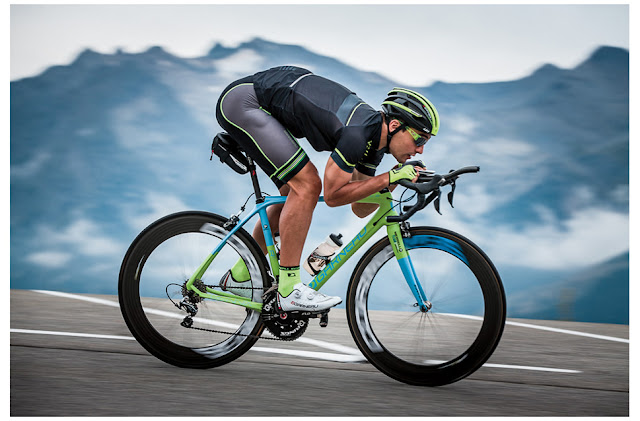 |
| Trail blazing Bike Helmets |
Despite
style, all models available need to breeze through thorough security tests. A
few head protectors presently include the new MIPS innovation, a low-grinding
layer that slides free of the external shell and constrains the rotational
powers to the cerebrum when the cap gets hit at a point.
Mountain Bike Shoes and Pedals
The correct
shoe/pedal mix relies upon your solace level and what kind of riding you're
anticipating doing.
Stage pedals: Beginners and individuals less
certain on off-road bicycles can profit by beginning with level stage pedals so
you can jump on and off the bicycle and put your foot down rapidly without
unclipping from the pedal. This is a decent method to manufacture system, and
when and on the off chance that you make the progress to clipless pedals, it's
much smoother.
In case
you're purchasing stage pedal shoes for downhill riding, get ones with a crude
sole so they can sink into the pedal pegs, however you can without much of a
stretch descent if things get uncertain.
Clipless pedals: As your abilities advance, you can
run with either clipless pedals and good shoes, or stay with stage pedals.
Clipless pedals (which notwithstanding the name, really connect to your shoes)
convey significantly more control and power exchange, yet additionally request
greater responsibility in dubious territory.
When
figuring out how to ride with clipless pedals, give yourself a lot of training
time on delicate green landscape to become accustomed to associating and
detaching your foot from the pedal.
For all
styles of riding, pick shoes that have hard, defensive toes, some good grasp
for when you need to climb and some water security for downpour and mud.
Hydration Backpacks
Hydration
packs are unreasonably cumbersome for street bikers, however their comfort
makes them perfect for mountain biking. Run with a pack that has adequate extra
room for an additional garments layer, fix basics and snacks, and a clasp to
tie down your hydration sleeve to the shoulder or sternum tie of the pack.
 |
| Hydration Backpacks |
Trail blazing Bike Repair Kit
Essentials
Spare
yourself a great deal of problem—and strolling—by pressing a couple
in-the-field mechanical things: an extra cylinder, a hand siphon or CO2
inflator, and a little multitool with a few Allen torques and a chain
apparatus.





